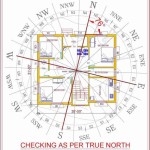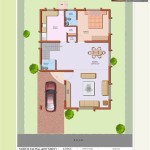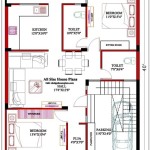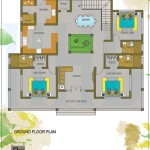Essential Aspects of Interior House Plans
Designing the interior of your house is an exciting and challenging task. A well-thought-out plan can help you create a space that is both functional and stylish. Here are some essential aspects to consider when creating an interior house plan:
Layout
The layout of your home is the foundation for everything else. It should be designed to flow smoothly and make sense for your lifestyle. Consider the following factors when planning your layout:
- The number of rooms you need
- The size and shape of each room
- The location of windows and doors
- The traffic flow through the house
- The placement of furniture and other items
Style
The style of your home's interior is a matter of personal preference. However, it's important to choose a style that complements the architecture of your home and your lifestyle. Here are some of the most popular interior design styles:
- Traditional
- Contemporary
- Modern
- Rustic
- Bohemian
- Industrial
Color
Color is a powerful tool that can be used to create a variety of moods and effects in a room. When choosing colors for your home, consider the following factors:
- The amount of natural light in the room
- The size of the room
- The style of your home
- Your personal preferences
Furniture
Furniture is an essential part of any home. It can be used to add style, function, and comfort to a space. When choosing furniture, consider the following factors:
- The size and shape of the room
- The style of your home
- Your personal preferences
- Your budget
Accessories
Accessories can be used to add personality and style to a room. They can also be used to fill in empty spaces and create a more polished look. When choosing accessories, consider the following factors:
- The style of your home
- Your personal preferences
- Your budget
Lighting
Lighting is essential for creating a comfortable and inviting space. It can be used to highlight architectural features, create moods, and make a room feel larger or smaller. When planning your lighting, consider the following factors:
- The amount of natural light in the room
- The size of the room
- The style of your home
- Your personal preferences
Creating an interior house plan can be a daunting task, but it's also a rewarding one. By following these essential aspects, you can create a space that is both functional and stylish.

147 Excellent Modern House Plan Designs Free Www Futuristarchi Hous Sofisty Homedecorideas Layout Plans Small

House Floor Plans Your Best Guide To Home Layout Ideas

Floor Plans Types Symbols Examples

Gorgeous Guest House Floor Plans Interior Design Ideas Alisha Taylor

Defining Features Of An American Classic The Bungalow Floor Plans Family House Budget

Houmas Neoclassic House Plan Southern

House Floor Plans Your Best Guide To Home Layout Ideas

Gorgeous Guest House Floor Plans Interior Design Ideas Alisha Taylor

2400 Square Foot House Plan With Two Separate But Connected Apartments 35140gh Architectural Designs Plans

Home Plan Barletta Sater Design Collection








